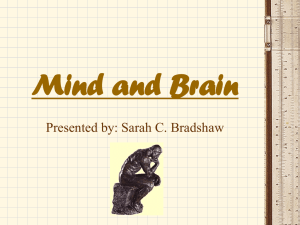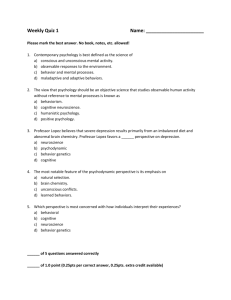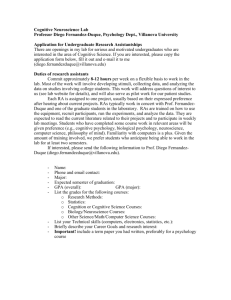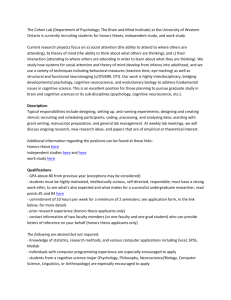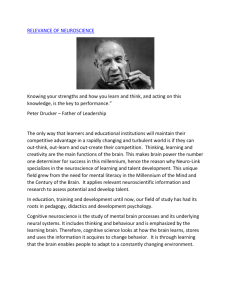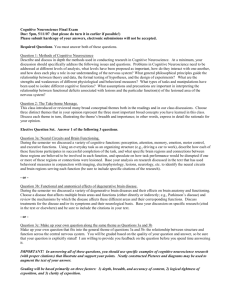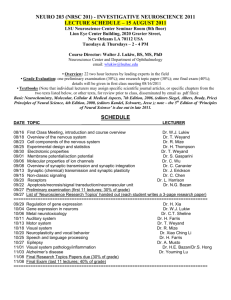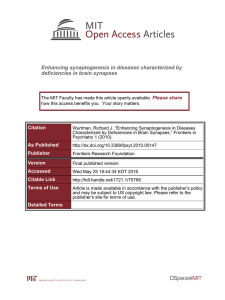Education and the Brain: A Bridge Too Far
advertisement
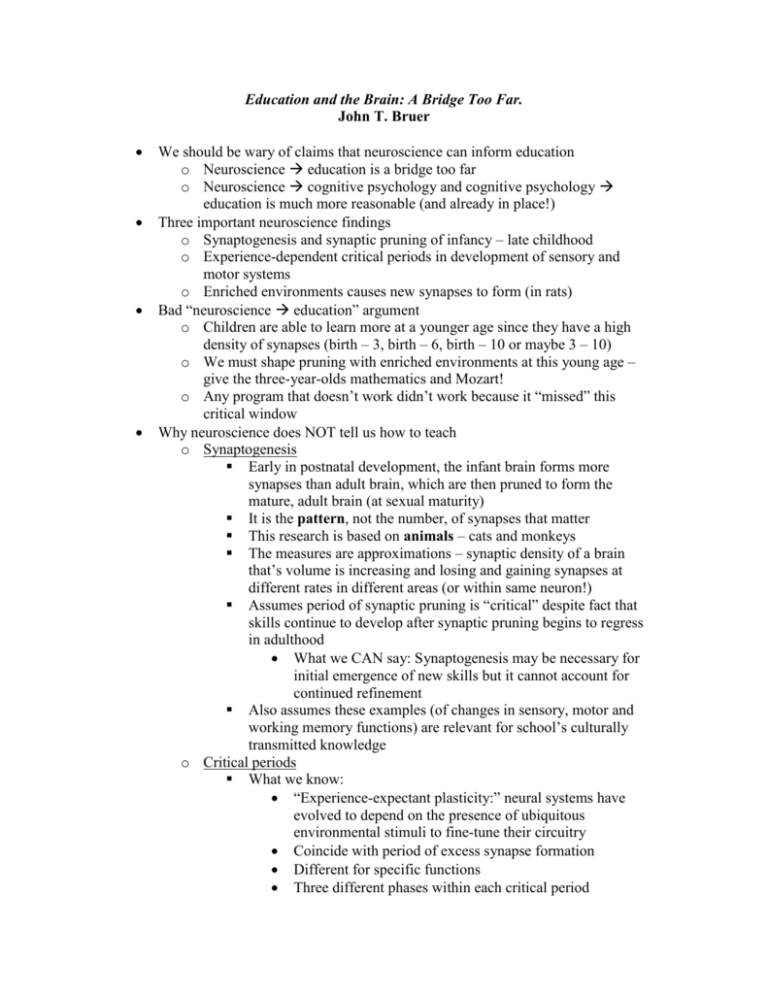
Education and the Brain: A Bridge Too Far. John T. Bruer We should be wary of claims that neuroscience can inform education o Neuroscience education is a bridge too far o Neuroscience cognitive psychology and cognitive psychology education is much more reasonable (and already in place!) Three important neuroscience findings o Synaptogenesis and synaptic pruning of infancy – late childhood o Experience-dependent critical periods in development of sensory and motor systems o Enriched environments causes new synapses to form (in rats) Bad “neuroscience education” argument o Children are able to learn more at a younger age since they have a high density of synapses (birth – 3, birth – 6, birth – 10 or maybe 3 – 10) o We must shape pruning with enriched environments at this young age – give the three-year-olds mathematics and Mozart! o Any program that doesn’t work didn’t work because it “missed” this critical window Why neuroscience does NOT tell us how to teach o Synaptogenesis Early in postnatal development, the infant brain forms more synapses than adult brain, which are then pruned to form the mature, adult brain (at sexual maturity) It is the pattern, not the number, of synapses that matter This research is based on animals – cats and monkeys The measures are approximations – synaptic density of a brain that’s volume is increasing and losing and gaining synapses at different rates in different areas (or within same neuron!) Assumes period of synaptic pruning is “critical” despite fact that skills continue to develop after synaptic pruning begins to regress in adulthood What we CAN say: Synaptogenesis may be necessary for initial emergence of new skills but it cannot account for continued refinement Also assumes these examples (of changes in sensory, motor and working memory functions) are relevant for school’s culturally transmitted knowledge o Critical periods What we know: “Experience-expectant plasticity:” neural systems have evolved to depend on the presence of ubiquitous environmental stimuli to fine-tune their circuitry Coincide with period of excess synapse formation Different for specific functions Three different phases within each critical period Know vision but not other sensory and motor systems Does not depend on specific experiences in specific contexts What we can say: must identify and treat sensory problems early o Enriched environments Cites rat research Researchers says this is not a critical-period phenomenon, but, rather new synapses being made from new experiences Seen in newborn AND adult rats Suggests two types of plasticity Experience-expectant: Synaptogenesis and critical periods Experience-dependent: synaptic growth o THIS type may link learning with synaptic change o But remember: It’s throughout the lifespan It doesn’t tell what or how to teach “Enriched” is in the eye of the beholder At least at first, we need to use two shorter bridges: Cognitive neuroscience cognitive psychology and cognitive psychology education o Example of math program “Right Start” Cognitive psychology figured out cognitive functions and sequence of informal numeracy essential to math success in school Cognitive neuroscience further analyze numerical comparison into its subcomponents to develop the cognitive model of this process o Most likely helpful for special populations’ needs
